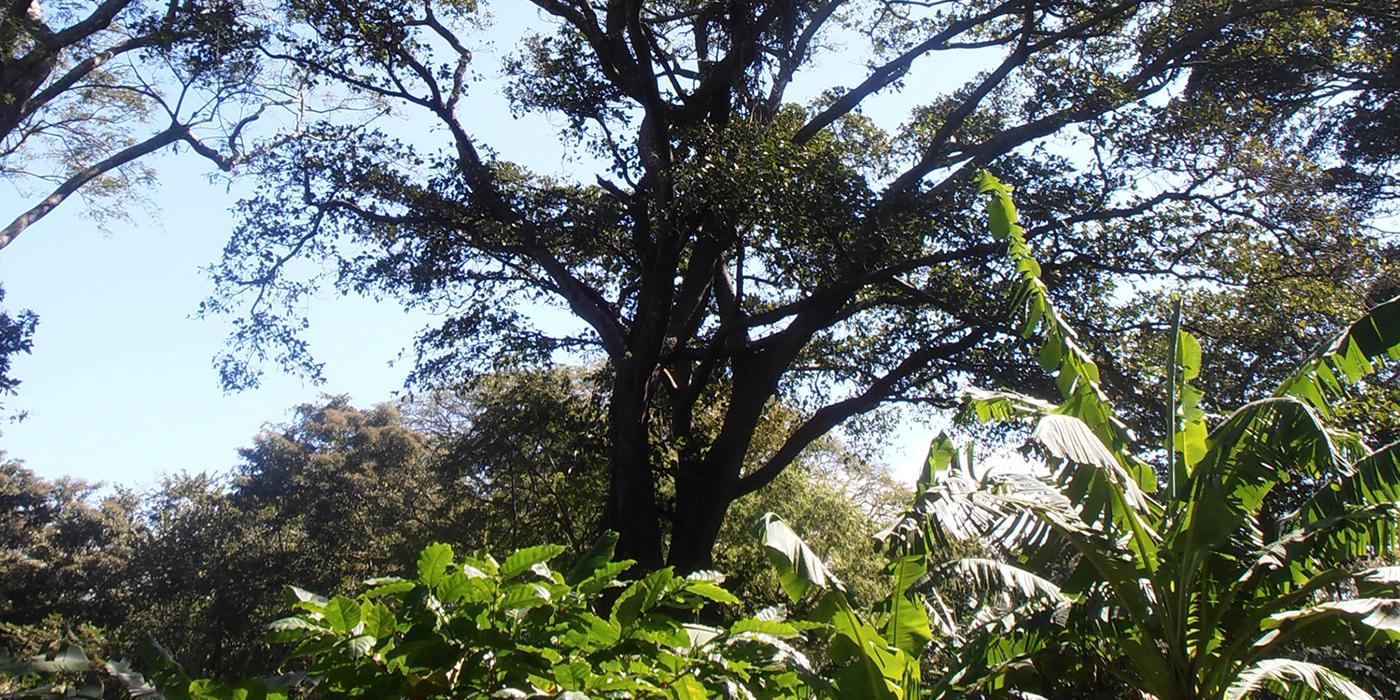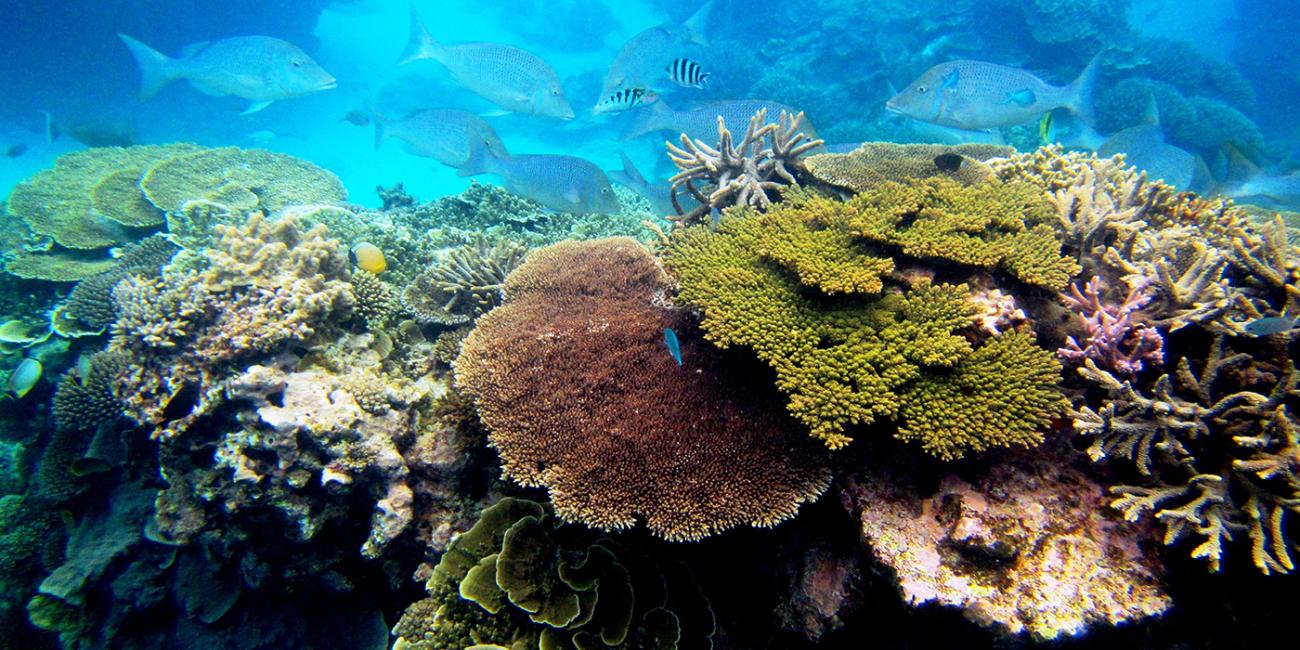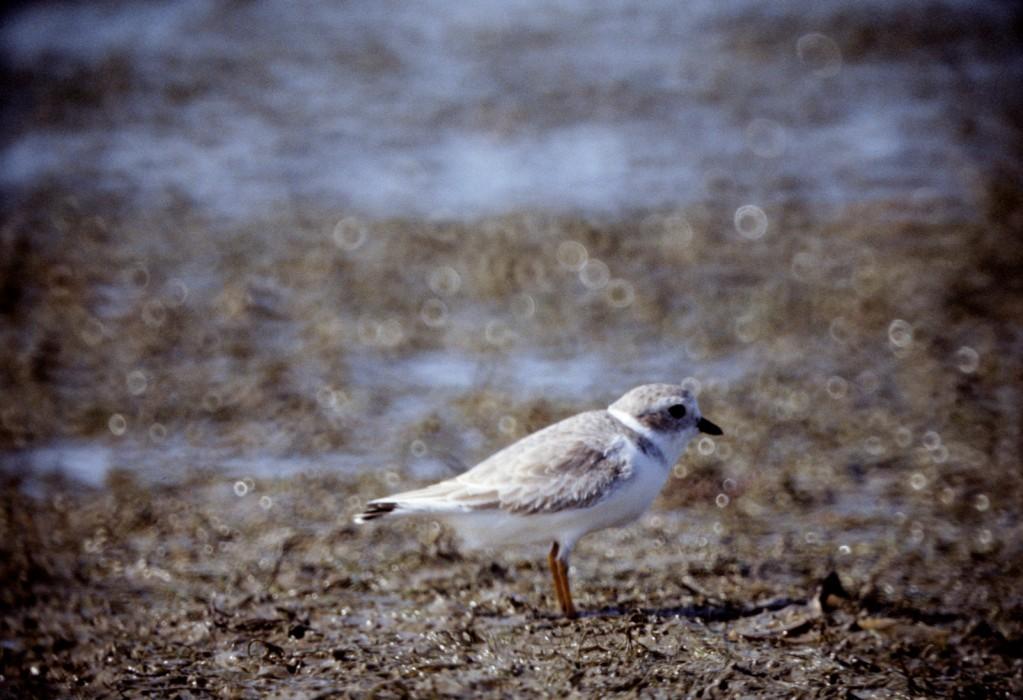Agroforestry
Smithsonian Migratory Bird Center scientists are working to learn more about the impact of land management—specifically the farming of crops, such as coffee—on the birds that share these lands.
Traditionally, coffee has been grown in the shade. Widespread conversion to sun plantations has wiped out swaths of tropical forest that provided high-quality habitat for many migratory birds and other wildlife. SMBC researchers investigate how coffee farmers can maintain productive farms while also providing that much-needed habitat.
Through decades of research, SMBC scientists have learned what combination of foliage cover, tree height and diversity is required to strike that balance. They have used that information to develop Bird Friendly standards for coffee, the only 100 percent organic, shade-grown coffee certification in the world.
Researchers continually work to learn more and to improve the program. For example, an SMBC postdoctoral fellow recently determined that Bird Friendly farms harbor a greater diversity of mammals. Ongoing work in partnership with an entomologist colleague focuses on which shade tree species support the greatest insect diversity, thus providing the most food for birds. A nascent project will compare the soil microbiome of a shade coffee system to that of a sun system—data that might provide evidence of another benefit associated with agroforestry systems.
SMBC's work has and will continue to influence coffee production. In doing so, it not only helps the wildlife that rely on these farms for habitat but also provides an option for people to participate in the conservation of habitat for birds and other wildlife.












